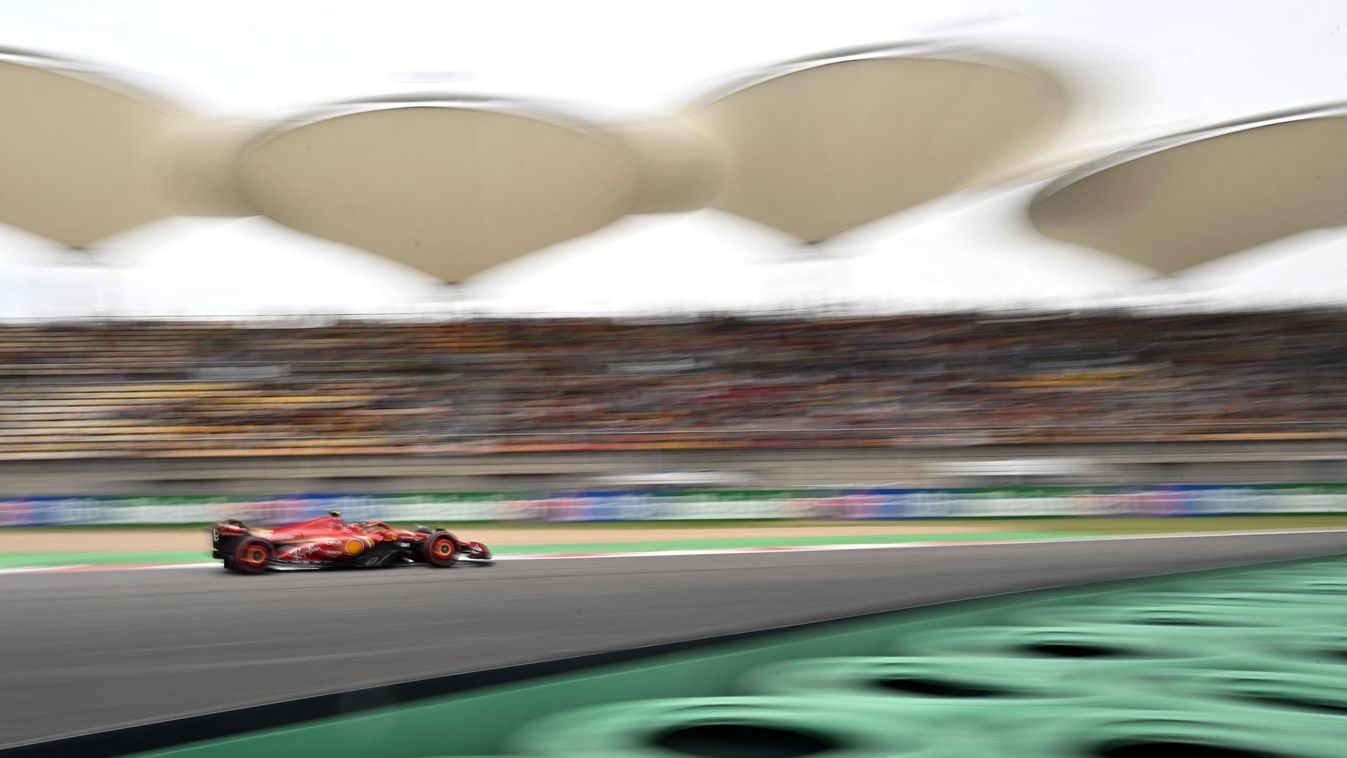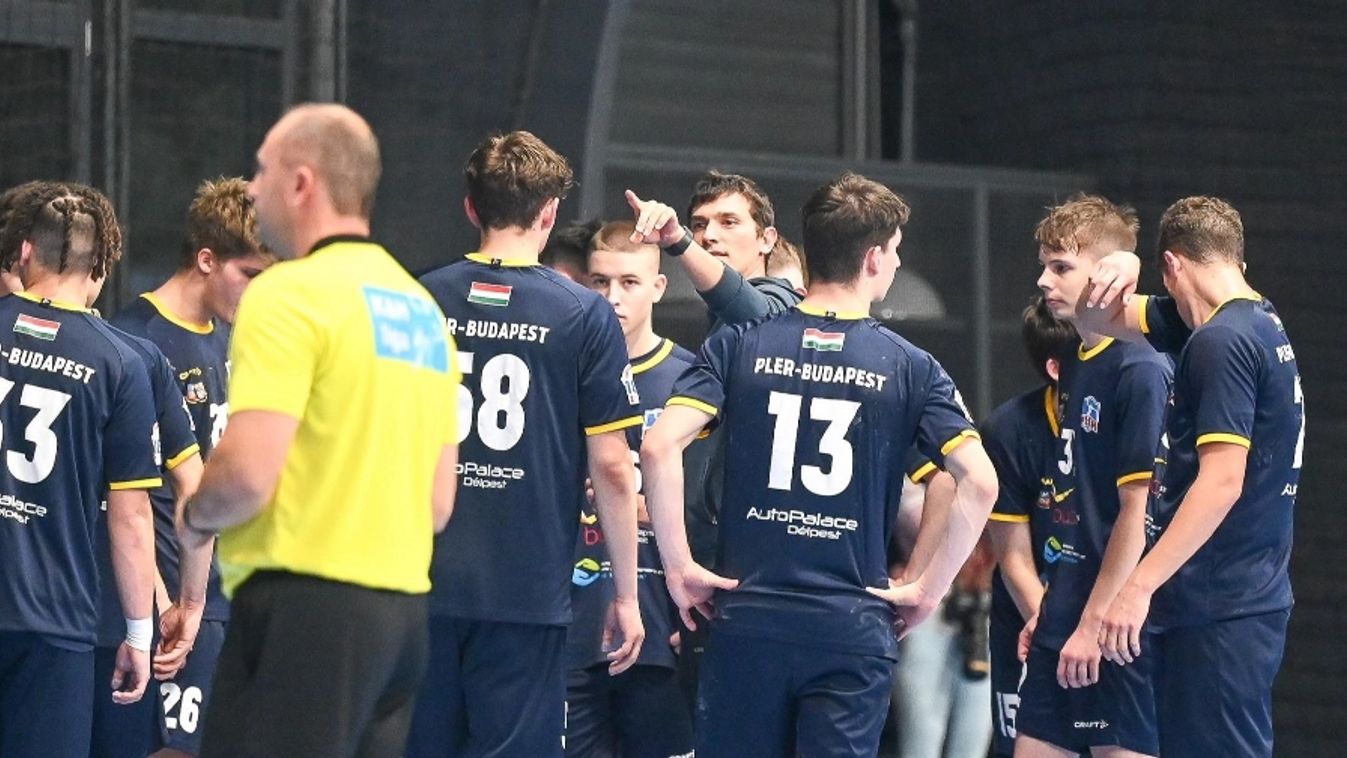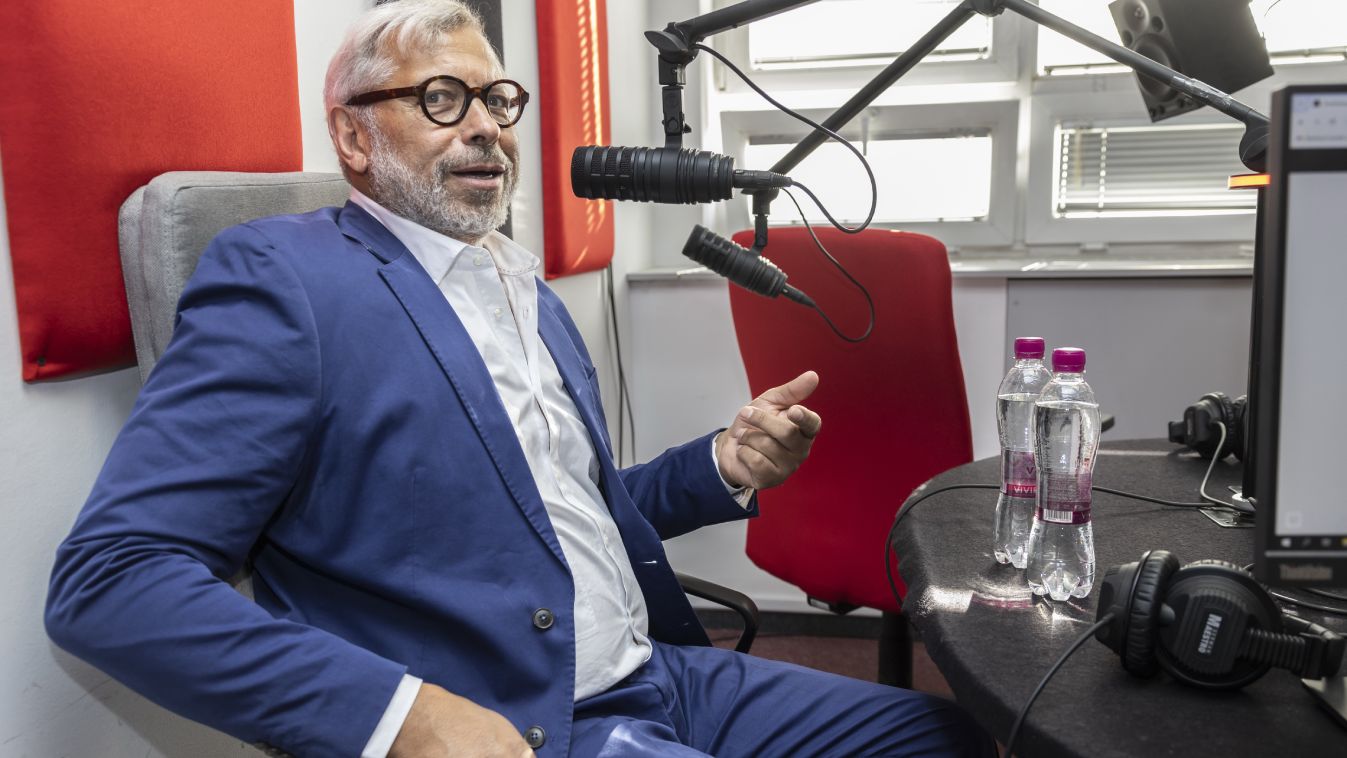World Cup 2022: There was enough money for everything, Qatar is ready


Public opinion thinks of the 2022 tournament in Qatar as a World Cup sin-bred, and it seems that even the most skillful PR campaign can't help that either. The 2010 decision of the Executive Committee of the International Football Association (FIFA) in Zurich has been a hot topic ever since, and the background to the meeting that decided the 2018 World Cup in Russia and the 2022 World Cup in Qatar remains to be uncovered. Let us put it this way: there is a strong suspicion that the morality and professional independence of sports leaders were in the hard grip of diplomatic interests and dubious incentives that day. It is worth untangling the threads of eleven years ago, just as we must talk about other serious human rights concerns surrounding the Qatari event. But at the same time, we must accept the fact that the infrastructure and environment of the world event due next year is undoubtedly being built despite being morally unstable. Seven of the eight stadiums are ready for use, one is close to completion, and delays previously occurring mainly in South Africa and Brazil are not to be expected here.
The November-December World Cup date will lead to a significant compromise between continental and national football federations, as the organization of domestic and international leagues, cups and the entire schedule of competitions will have to be redesigned due to the forced break in the early winter. The national leagues will typically start earlier than usual and finish later in the 2022-2023 season, and the 2023 Champions League final date is also postponed to June. What changes can be expected in Hungary due to the World Cup? Is it necessary to adapt the schedule of the tournament when creating the competition calendar? We asked the Hungarian Football Federation, and we received the following answer. "Concerning the World Cup in Qatar, hosting it in November and December 2022 is somewhat unusual. FIFA has already let the member associations know that no division I league match can be held during this period, regardless of the qualification of the national teams. From the point of view of the establishment of the competition calendar, this order of conduct requires serious tasks and preparation in all parts of the world. The competition directorate and the sports directorate of MLSZ are taking into account several aspects, and are preparing for creating a domestic schedule that's acceptable to all. The national league will certainly have to start sooner than usual to ensure that the fall break does not cause a disruption. It is a joyous challenge that the spring period of 2023 promises to be very busy for Hungarian football as the pandemic brought the Europa League final to May and the European Under-17 Championship affects several Hungarian pitches." |
But before we get to the highlights of the match venues, it's worth talking about the "most" of the World Cup in Qatar because here are a few of them. It will be the most expensive, hottest, the tightest World Cup in terms of schedule, and the last of which 32 teams will attend (in 2026, the tournament in the United States, Canada and Mexico will feature 48 national teams). By the way, it is the first World Cup to be held in an Arab country, and it is unique in terms of its date, because next year, for the first time, the matches will be played not in the months of the European Summer, but in November and December – causing a lot of headaches for the national league organizers. Due to the latter aspect, the total time frame will be reduced to 28 days, and the World Cup final will be played on December 18 at the 80,000-seat Lusail National Stadium.
And then here we can begin with the tales of Aladdin, the wonderful examples of unlimited Eastern luxury, which follow the plans for a football carnival in the Middle Eastern country of 2.8 million inhabitants, covering an area of 11,500 square kilometers. For example, the main venue for the final is a brand-new city still under development. It is part of Lusail, that is still under construction and is located just 23 kilometers from Doha. The settlement in the sea bay provides living space for 250,000 permanent residents, 190,000 office workers and 60,000 manual workers, with entertainment districts, shopping malls, artificial islands and golf courses.
Speaking of the cartoon-prone figure of the tales of One Thousand and One Nights, note that the Lusail Stadium is trying to evoke a type of lantern similar to Aladdin's, known in the Arab world. However, most of the details left in the dark relate to this very arena. Several human rights organizations have highlighted in recent years the untenable working conditions and unworthy living environment of guest workers (mostly from Nepal, India, Bangladesh and Sri Lanka) in Qatar. There were 37 deaths directly linked to stadium construction (a total of 12 such cases were known before the 2010 and 2014 World Cups), and in the eleven years following the awarding of the World Cup venue, a total of 6,500 guest workers were killed in Qatar, according to the date of The Guardian this February after comparing several state and health sources. As a result of international criticism, the state has taken spectacular measures to improve the situation of the workers, while at the same time striving to demonstrate its openness to cooperation with various international organizations. Hassan Al Thawadi, number one chief of the World Cup, told CNN he was trying to put into context the shocking statistics mentioned by the British newspaper.

Qatar is also seeking to accelerate the country's overall infrastructure development with the World Cup. The expansion of the subway system, the airport, the investment in urban construction costs about $300 billion, according to Bloomberg Intelligence's estimates. Organizers expect the tournament to boost the Qatari economy by about $20 billion, or about 11 percent of gross domestic product. |
"I understand people's concern when they read about such shocking data," the Qatari envoy said. "As human beings, we are all sensitive when we hear about something like this, and I am no different. However, it is important to be aware of the facts. As a result of the strict safety measures in place at the construction sites, the number of accidents in the construction of World Cup stadiums was relatively low compared to similarly caliber works in the world."
Hassan Al Thawadi stressed that three workers were considered to be direct victims of stadium construction and that another 35 World Cup-venue guest workers had died for non-work-related reasons. The topic will obviously remain on the table until the World Cup, including among national teams. Norway, for example, was considering a boycott of the tournament (it never to qualify), and the Danish Football Association said the other day that it was standing up for the interests of foreign workers in Qatar in a message on the team's training kit.
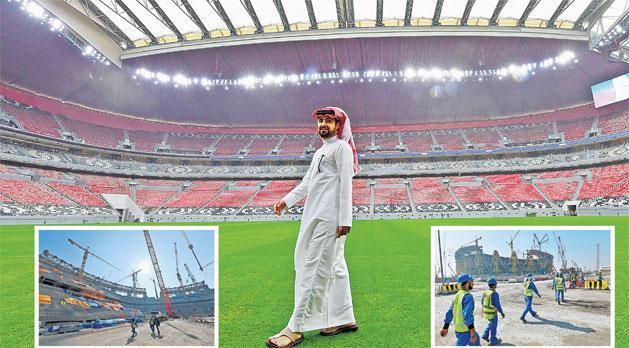

The question is whether potential World Cup tourists will be deterred by negative news or, in defiance of human concerns, costs, and the health, travel and political uncertainties of the world still suffering from the pandemic, will set out to cheer on their team in an undoubtedly special Qatari environment. In any case, the Congolese grandstands and absurd giant-covered stadium sectors of the 2019 World Athletics Championships in Qatar are a warning sign to organizers, who are expecting a million visitors during the World Cup weeks, while being aware that they can hardly rely on a local supporter base. There is news that paid spectators would fill up the gap and increase the international appeal of the event by partially lifting the alcohol ban in Qatar (consumption would be allowed in certain bars, restaurants and so-called "wet" fan zones). It is also no coincidence that, by breaking with the World Cup tradition, this time there is no predetermined schedule for the venues and dates. It will only be completed once all teams are known to participate. The reason for this is financial: to maximize revenues, more tempting pairings will be sent to larger stadiums and will give them more advantageous time slot for television broadcasts.
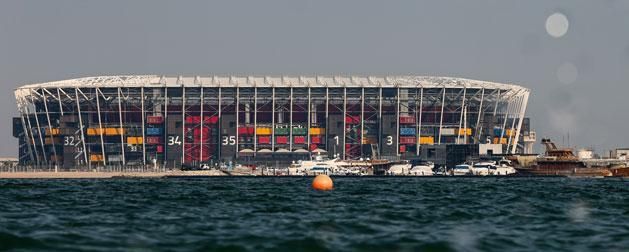
England, Argentina, Belgium, Brazil, Denmark, France, Netherlands, Croatia, Qatar, Germany, Spain, Switzerland, Serbia |
The proximity of the stadiums allows for flexibility, as the fans certainly have no problem adjusting to their team's designated playing field. The maximum distance between two match venues is only 75 kilometers. The center is, of course, the capital, Doha with almost one million people, which gives the World Cup three pitches, including the only old structure: the Kalifa International Stadium, which has been used since the mid-1970s but has of course been completely rebuilt and renovated. From an architectural point of view, the Al Bayt Stadium in Al Khor is extremely exciting as it mimics the typical tents of desert nomadic tribes. It is the only indoor venue of the tournament, and it can be turned into an outdoor venue on demand.
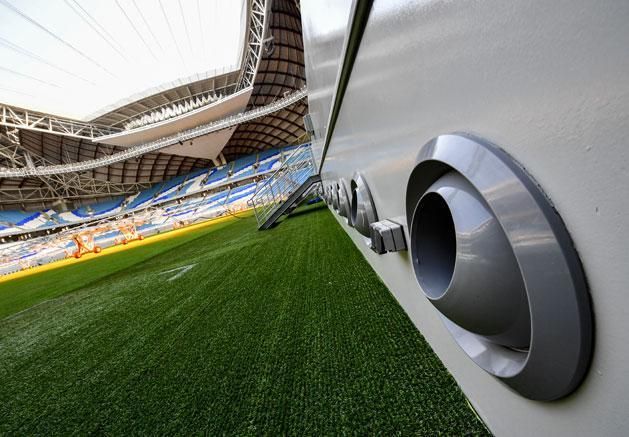

With the principles of economical operation and recycling in mind, several stadiums will be demolished at the end of the tournament. For example, three quarters of the Lusail National Stadium will disappear and an arena for 20,000 spectators will remain. The most extreme change is expected at the Ras Abu Aboud Stadium: the 40,000-spectator facility is the first stadium in the world to be built with the knowledge that it will be completely removed and dismantled at the end of the event. The latter term is correct here because the "body" of the stadium building is given by shipping containers, so that they can really be dismantled after the World Cup, so that they can be re-given a meaningful role in a new place, in a different function. The rest of the sports facility, pillars, chairs, staircases and other elements will also be distributed, and according to the official marketing text, it will be able to be installed in local stadiums, hospitals and leisure facilities in countries in need.
Although the winter date of the tournament dampens the difficulties caused by the hot weather in Qatar, some stadiums still have to use the air conditioners promised in the tender material already won in 2010 and received disbelief around the world. The vents that shed the chilled air do not keep the entire stadium space cold, only the most necessary areas. However, the operation is still astounding: in CNN's Qatari video, the reporter stands in front of the cooling hole and is not surprised that after the 42-degree-Celsius temperature outside the stadium, she can cool off in pleasant 20-degree weather inside. Let's add that the report was made during the summer months, and in November there will be no trace of the 42-degree heatwave – just a 25-30-degree heat is expected on the streets of Qatar.
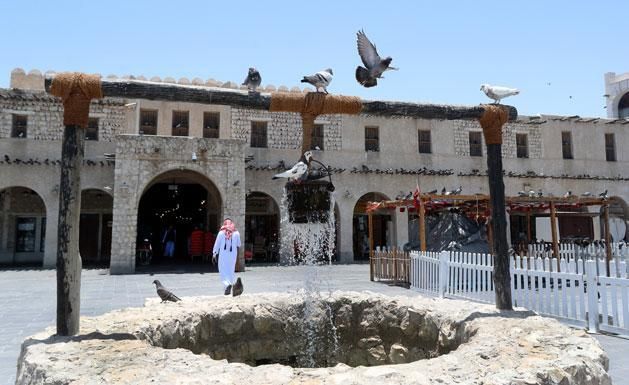
Translated by Vanda Orosz

Oroszország rakétákkal támadta Ukrajnát és előretört Urozsajnoje közelében

Háborús hangulat van Brüsszelben

Csobot Adél és Istenes Bence a poklok poklát járja meg - külföldön érte őket utol a szerencsétlenség

Lőw Zsolt a Mandinernek elárulta, jön-e Újpestre

3 csillagjegy kapcsolata el van átkozva, ők még idén szakíthatnak!

Gyűlöletcunami és lincshangulat Magyar Péter vidékjárásán + videó

Botrány: Vajna Tímea húga idegesen üzent testvérének

Az F1 Kínai Nagydíj szabadedzése élőben

Párizsban már most nyert a magyar csapat

Sorsoltak: Svédország, Észak-Macedónia és Törökország lesz a mieink csoportellenfele az idei női kézilabda Európa-bajnokságon

A 89. percben egy csereember megmentette a nagy sorozatot – négy között a Leverkusen az Európa-ligában






